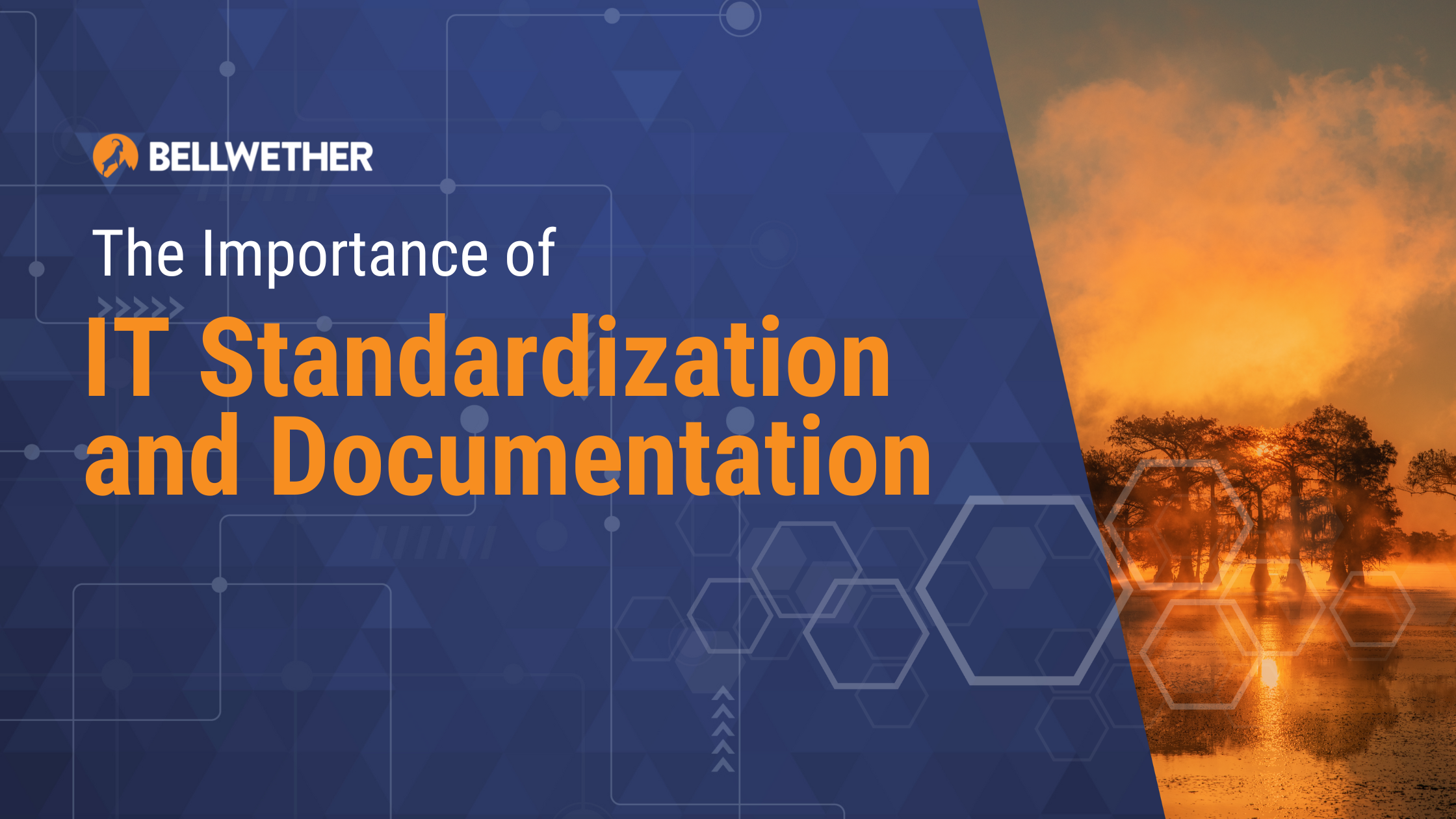
[Updated 2022] Imagine working with a blindfold on your eyes. You’ll constantly be thinking about your next step. Not only will you have to search for which direction you should take the next step but also you will waste a lot of time while doing so. It is a perfect analogy to describe what it is like to work without standardization and documentation.
Put simply, standard guidelines are concrete benchmarks that define specific rules and voluntary characteristics of a particular industry. From providing reliable information to structured methods, standardization and documentation serve as an indispensable tool of development to organizations.
Take a look at these reasons why standardization and documentation are so important to IT management.
Why Standardization and Documentation are Important
Shortens Time of Response in Failures and Emergency
When you have standard and documented guidelines, it’s easier to restore your systems if and when the need arises. You don’t need to search for system locations, IP addresses, or instructions. The result is that you significantly reduce the time it takes to respond during a failure and other emergency.
Clear Overview of Your IT Infrastructure
A well-documented and standardized management system can offer a transparent overview of IT infrastructure. From working servers to software used by employees, you get a clear picture of the current technology and the processes used to deploy it.
Fewer Errors
Documentation and standardization decrease the possibility of errors that may occur during complex processes. Likewise, if companies leave processes on individual discretion, it increases the chances of errors. The idea is to make processes easy to follow even for the most junior technician.
Avoid Knowledge Gap
Knowledge silos are the worst thing that can exist in any company and that’s especially true in the IT department. With comprehensive documentation and standardization, companies can spread relevant information among employees to bridge knowledge gaps. Additionally, when an employee leaves, critical knowledge about IT systems doesn’t disappear with them but is available to anyone who has access to the documentation.
Central Component of IT Management
Up-to-date and complete IT documentation is necessary for businesses that want to comply with IT management best practices. You can’t have predictable IT systems without consistency, and that’s what IT standardization and documentation support.
Compliance with Regulatory and Legal Requirements
Companies with compliance requirements need to assure that not only do they have appropriate processes in place, but they’re functioning correctly over the course of time. Having IT standards and documentation are a sign to the auditors that security controls are enforced and managed.
Communication with Vendors
Standardization and documentation are crucial for companies to provide insights to vendors who need to work on IT systems. Having thorough documentation saves time and helps to avoid miscommunication.
Are Your IT Systems Documented?
As a business leader, you probably don’t know if your IT systems are standardized or if they’re thoroughly documented. That’s not your job. However, go ahead and ask your IT team about it. If their answer is weak or they can’t come with anything to show you, there are probably other gaps in IT management that you don’t know about.
Managed IT Services for New Orleans Companies
Here at Bellwether, IT standardization and documentation is key to building a solid IT foundation and delivering a great technology experience. Get in touch to schedule an IT consultation and together we’ll explore how Bellwether Managed IT can help you break through barriers that you didn’t even know you had.
Get in touch to schedule a meeting.
